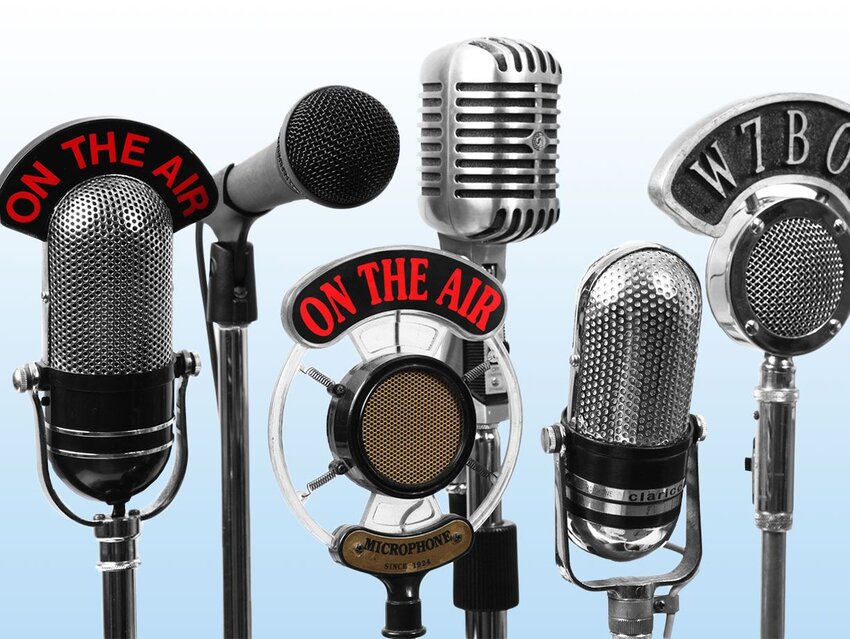“Fax,” “page,” “answering machine,” “dial-up,” “phone booth” — so many of these once-cutting-edge technologies and their corresponding terms have now become obsolete. These words mean nothing to teenagers in 2023, but the basic verbs and nouns of communication aren’t going away. Words such as “relay,” “dispatch,” and “broadcast” may have started out with different meanings, but they still send clear messages.
Relay
The earliest sense of the word “relay” in English traces back to the 14th century, in relation to hunting. From the French relai (“hounds placed along a line of chase”), a relay was the release of a fresh pack of hounds during a hunt, implying a swap of one animal for another to relieve it when tired.
In modern athletics, a relay race is a team event where one person runs or swims a certain distance before the next member of the team takes over. It’s compelling to watch the power of so many athletes combined, and runners, in particular, must communicate clearly for an effective hand-off of a baton. There’s a particular thrill in seeing the changeover happen at such rapid speed.
The sporting senses of “relay” may not seem relevant to electronics, but that is indeed where the verb form of “relay,” meaning “pass on or retransmit,” came from. This new form of “relay” was used in regards to telephone signals in the 1870s, but the general sense of “relay” to mean “pass on information” was in use by the 1950s.
Dispatch
When it entered English in the early 1500s from the Italian dispacciare and Spanish despachar, “dispatch” meant to send things off to a destination, usually very quickly. The usage since has evolved to a very specific meaning: The term “dispatch” refers directly to reports sent by news correspondents in faraway places.
During World War II, dispatches from journalists following the front allowed American newspaper readers and newsreel watchers to keep up with the progress of the war in almost real time. “Dispatch” now can be both a noun and a verb. As an action, “dispatch” means to send off in a speedy manner, much like a reporter could be dispatched to another part of the world. From there, they would send dispatches (the noun) home.
After the invention of long-distance communication methods such as the telegraph, reporters became equipped to speedily dispatch updates to newspapers from faraway locations. As technology has advanced further through phone, fax (RIP), and the internet, the speed and immediacy of dispatches has increased.
Broadcast
In the mid-18th century, “broadcast” referred to a method of seeding a field — throwing seeds out and hoping to get a fairly good distribution. The figurative sense of “broadcast,” meaning “widely spread,” was recorded as early as 1785. Around the 1830s, newspapers and pamphlets became a way to broadcast updates on current events. When radio became widely available in the 1920s, a broadcast was an apt analogy for how radio signals were transmitted freely into the air.
Media broadcast technology has progressed in the decades since, and television took radio’s place as the dominant communication method in the second half of the 20th century.
In 2023, the latest broadcasting method is livestreaming, in which someone who is active on a website or app at the same time as the broadcaster can see a video being shared in real time.
Featured image credit: Valerie Loiseleux/ iStock

